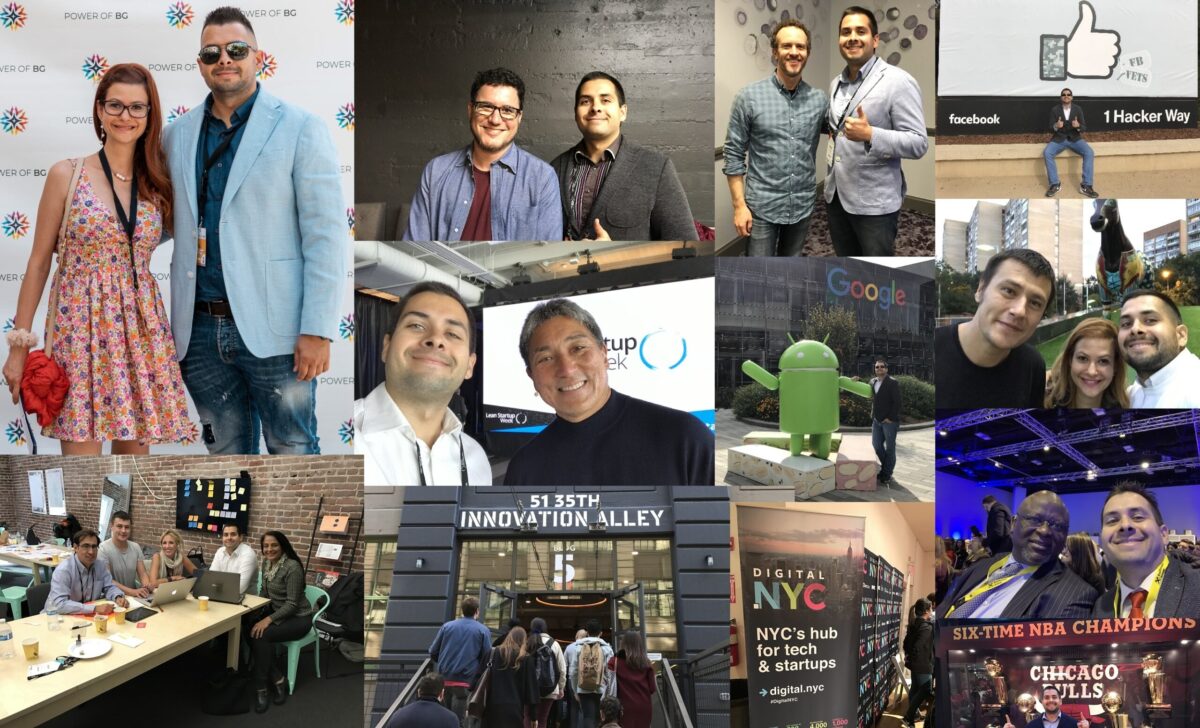One of the major product development challenges is to create an app which has longevity. You have changing market conditions, OS updates, and increasing competition that can make apps irrelevant. This is a harsh reality in the app development industry.
You have no real manual to fool-proof a mobile app, but you can take some steps in product definition, strategy, development, and design to ensure the app has long-term success.
Here are some principles of app development which will help you make a sustainable app that has longevity in a constantly changing marketplace.
Solve a Real Problem as Your First Step
You need to define your product and address the needs of actually people that will use the app. You have to understand the user base and how the product is going to address the problems that they face. You need to do this before you start app development as it’s going to be the foundation as you develop the product and its direction.
You also have to have a good understanding of the market, gaps in solutions, the competition, and much more. You have to have a product that is viable in a way that addresses something that similar or other products don’t address. You need to address the needs of users and look to the competition to develop a product that will have long-term success.
Use Scalable Design
Scalable design works good in theory, but it can be difficult to do in practice. You need to design in a way that goes beyond what you’re putting out initially and you must consider the product roadmap you’re on. You have to have a balance between flexibility for new product iterations as well as features and you also have to ensure that this doesn’t leave older versions looking like they have gaps.
One feature that benefits from scalable design in the navigation menu. If the MVP has only a few features and no more are planned for new releases, then having tab navigation might not be your best approach. You may have issues as new features are added to the product. Facebook is an example of a product that uses tab navigation as one of its core features and it features a side menu for the others. This allows Facebook to add to the menu system without having to go through large re-designs.
Gather and Then Analyze User Feedback
You will often go to market with a minimum viable product. This allows for the launch of a product that has enough functions to satisfy the needs of the user. It also allows to approve or disapprove assumptions you have made and to help you improve th product for the future new releases to come.
An MVP has one advantage in that you’re able to gather information and then analyze that information based upon data and user feedback. This helps you evolve the product from the initial offering. You’ll learn what users like and dislike, what new features and most often asked for, and so on.
You need to have managers that look at feedback and respond to that feedback because it shows you’re engaged in the development of the product. You gain an understanding into what the users are looking for and what they will want in future versions of your product. This helps you keep the product relevant in the marketplace and that you meet the desires of your user base.
If you have a client app for a healthcare service for example, you might allow the submission of receipts thorough uploading pictures. Users might like the feature, but want it to be faster and use less data on their device. The addition of data compression in a new update would provide more functionality for users and cut down of their data usage.
Update and Release Often
To ensure that your app is relevant, you want to update it and release new versions of the app often. One you have launched the MVP, you can a look at data and user feedback to compile that data so you know what types of of new features or functions you might want to add to the app in the newer versions. As you test assumptions and gain more knowledge about your app, the roadmap of development will change. If you release frequently, you can stay adaptable to changing requirements and then evolve the app to meet user needs.
When you have a new release you have to ensure that that release adds value. This could be new functionality or new features. You might also add components that enhance the user experience. Releasing quickly, testing and iterating is called “fail-fast design”. Teams such as those with Spotify, do this. This allows you to try something quickly, look at its performance, and then take what you learn and apply this to new releases.
When you have external factors that impact the longevity of your app, then these are best practices to ensure the app is going to stay relevant to the user base over the long-term. You need to have a strong product definition which addresses the need of those that will be using the product. You have to have design that’s scalable and you need to look at user feedback and analyze your data. Once you do this, you’ll have the tools you need to create future releases. If you update frequently based on these criteria each time, you’ll have success with your product.
